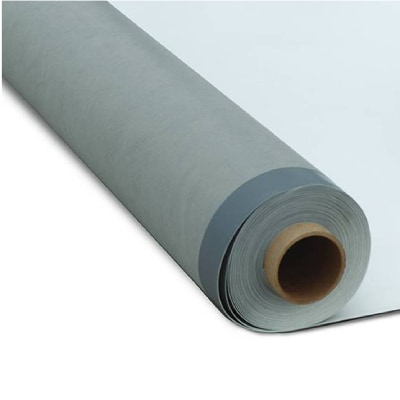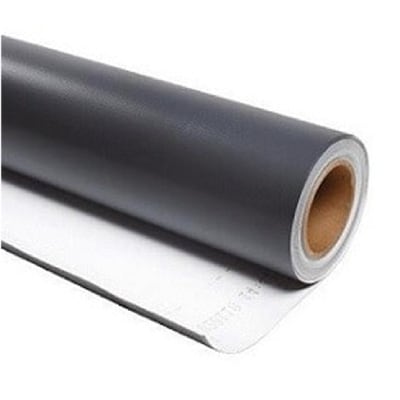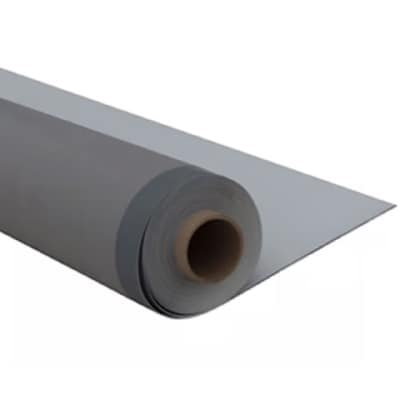

Introduction to PVC Roofing
What is a PVC roofing membrane?
A PVC roofing membrane is made from polyvinyl chloride (PVC) and is used to provide waterproofing protection. It is a high-performance single-ply option that’s been used in roofing systems since the 1960s. PVC is a thermoplastic material that offers durability, flexibility, reflectivity, and and can help provide protection against oil, grease, and many other chemicals1. In Class A E108 testing, specific Parasolo PVC and KEE roofing assemblies have demonstrated the capability to extinguish even when the flame source remains applied to the assembly.
2 Energy cost savings are not guaranteed and the amount of savings may vary based on climate zone, utility rates, radiative properties of roofing products, insulation levels, HVAC equipment efficiency and other factors.

True Thickness options
PVC KEE Membranes


KEE
Applications for PVC & KEE



Induction Welded

Hybrid PVC SBS Systems
Different types of single-ply membranes
| PREMIUM | |||

|

|

|
|
|
Key material |
Thermoplastic Polyolefin Xtreme | Polyvinyl Chloride | Polyvinyl Chloride with DuPont's™ Elvaloy® Ketone Ethylene Ester |
|
Main characteristic |
Excellent UV resistance and lower cost | Improved chemical resistance over TPX | Best in class performance vs. other Parasolo membrane |
|
Performance |
Seam welding and long-term durability | Protection against exposure to chemicals, oils and greases 4 | Meets ASTM D3273 3 [NOTE: This standard applies to resistance against algae growth] |
|
Thickness |
50, 60, and 80-mil | 50, 60, and 80-mil | 50, 60, and 80-mil |
|
Breaking strength, min, lbf/in |
360 - 445 | Type II - 55 Type III - 200 Type IV - 275 |
337 |
|
Tearing strength, min, lbf 4 |
62 - 70 | Type III - 45 Type IV - 90 |
76 |
3 Siplast warranties and guarantees do not provide coverage against algae or other biological growth. Additional requirements apply. Contact Siplast for more information. Refer to our Guarantee Guides here for more information on warranty and guarantee coverage and restrictions.
4 Values stated are approximate and subject to normal manufacturing variation. These values are not guaranteed and are provided solely as a guide.
Enhancing the performance of PVC Roofing
Essential accessories for PVC roofing
Siplast offers a variety of roofing accessories engineered to work with our Parasolo PVC membranes.
Frequently Asked Questions
Is a PVC roof the same as a TPO?
No, they are not the same. PVC and TPO are both thermoplastic single-ply roof membranes that offer similar benefits such as reflectivity, easy installation, and durability, but they each have different material compositions. TPO is made of ethylene propylene rubber and polypropylene, while PVC is composed of ethylene and chlorine. As different chemistries are used to create PVC and TPO membranes, they differ in flexibility and other properties.
Can you walk on PVC roofing?
Yes, PVC roofing is able to withstand moderate foot traffic5. However, heavy pedestrian traffic may reduce the service life of a PVC roof. Siplast Parasolo PVC Walkways can be installed in areas of the roof where high pedestrian traffic is anticipated, as a protective course applied over the PVC membrane.











